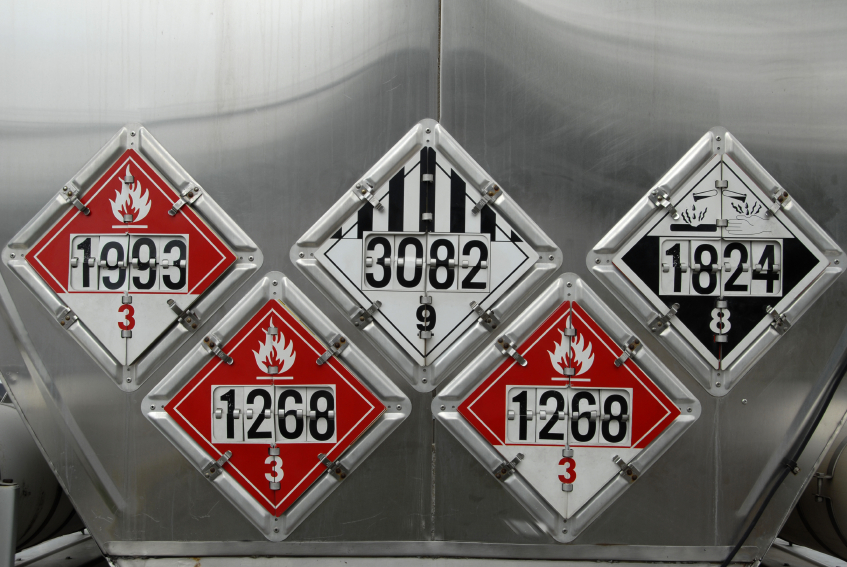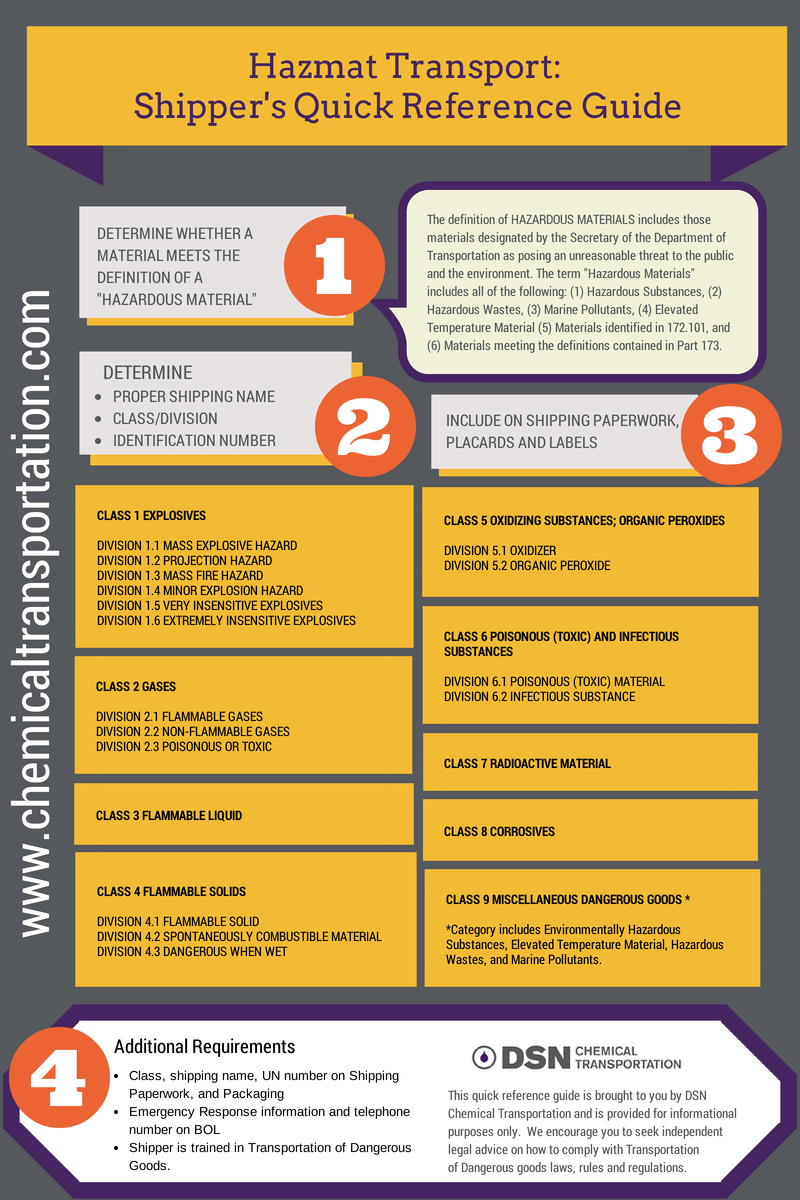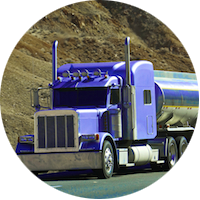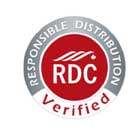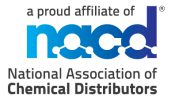Best Practices, Chemical Transportation, Hazmat Transportation, Industry Information, Shipping to Canada
2 Things You Have to do Start Doing because of Transportation of Dangerous Goods Changes.
This July 2014 the Government of Canada updated some key section of the Transportation of Dangerous Goods Act. This article explains two key things you’re going to have to start doing because of the changes. The Government cited the reason for the updates was to bring Canadian regulations into compliance with international regulations.
Showing Proof of Classification of Dangerous Goods
If you ship dangerous goods, then you will have to keep records to show proof of how you classified the dangerous goods for a five-year period, and make those records available to the Minister of Transport if required.
“A consignor who allows a carrier to take possession of a dangerous goods for transport or who imports dangerous goods into Canada must, during a five-year period that begins on the date that appears on the shipping document, make a proof of classification available to the Minister on reasonable notice given by the Minister.”
Canada Gazette, Part II, on July 2, 2014
Acceptable proof of classification is defined as a test report, a lab report, or a document that explains how the goods were classified. An MSDS (Material Safety Data Sheet) is also acceptable if it is accompanied by an explanation under the heading “Transportation Information” that describes how the dangerous goods were classified.
At a minimum, proof of classification must include:
- The date the goods were classified
- The technical name of the dangerous goods
- The classification of the goods
- If applicable, the UN number.
You Must Certify Your Shipping Documents
Beginning on July 15, 2015, not only do you have to have proof of classification, but the shipping documents must be certified by the consignor or an individual acting on behalf of the consignor and set out that person’s name. You have the option of using the verbage from the US 49 CFR, the ICAO, the IMDG or the UN standard verbage. In regulation, it’s defined as:
“I hereby declare that the contents of this consignment are fully and accurately described above by the proper shipping name, are properly classified and packaged, have dangerous goods safety marks properly affixed or displayed on them, and are in all respects in proper condition for transport according to the Transportation of Dangerous Goods Regulations.”
Canada Gazette, Part II, on July 2, 2014
To review the complete list of changes, please visit: SOR/2014-152 June 13, 2014
DSN Chemical Transportation specializes in chemical logistics and has been moving dangerous goods within North America since 1988. If you need help moving your dangerous goods or have questions, please contact us at: www.chemicaltransportation.com
About Author
Comments are closed


